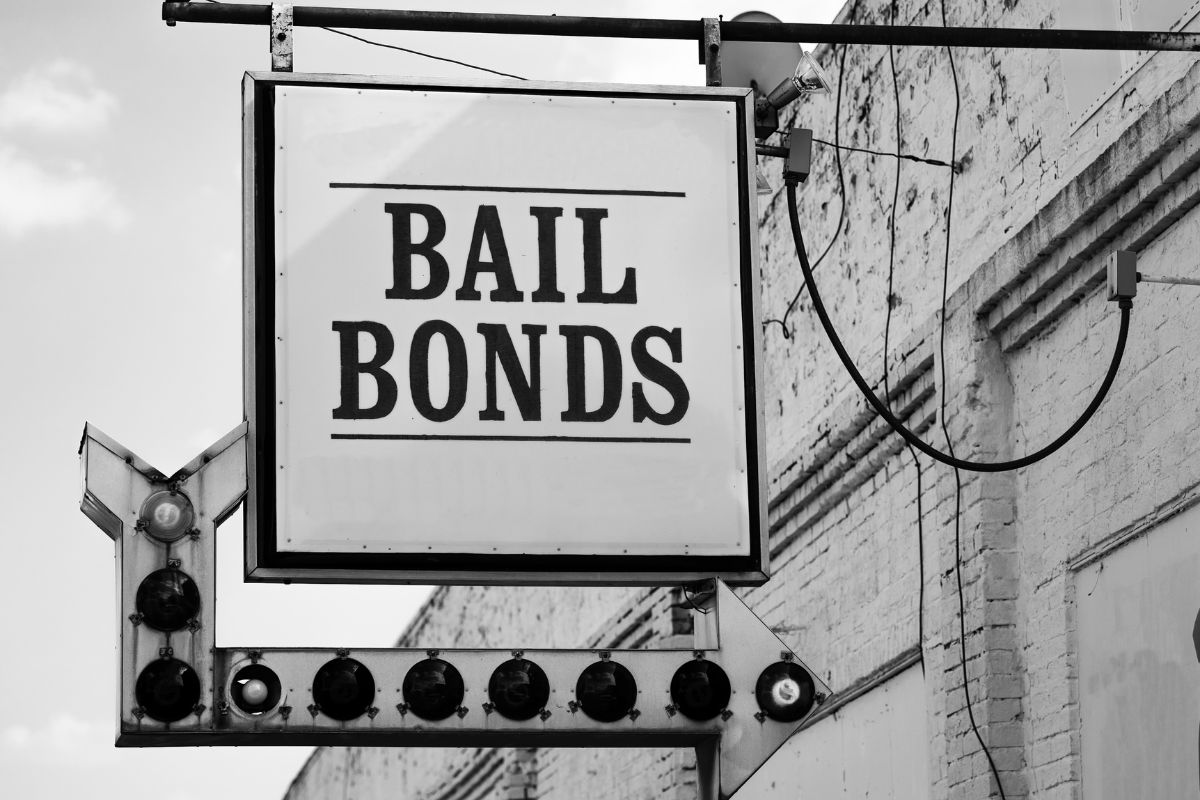
Cashless bail is a hot topic in criminal justice reform. But what exactly does it mean? Cashless bail eliminates the need for defendants to pay money to be released from jail while awaiting trial. Instead, decisions are based on the risk posed by the defendant, not their ability to pay. This system aims to create a fairer process, ensuring that low-income individuals aren't stuck in jail simply because they can't afford bail. Critics argue it might lead to more crime, while supporters believe it promotes equality. Curious about the facts? Here are 20 key points about cashless bail you need to know.
What is Cashless Bail?
Cashless bail, also known as bail reform, eliminates the need for defendants to pay money to secure their release before trial. This system aims to make the justice process fairer, especially for those who can't afford bail.
-
Cashless bail aims to reduce jail overcrowding. Many jails are packed with people who haven't been convicted but can't afford bail. This reform helps free up space.
-
It focuses on public safety rather than wealth. Decisions are based on the risk a defendant poses, not their ability to pay.
-
Cashless bail can reduce racial disparities. Minority communities often face higher bail amounts. This system aims to level the playing field.
-
It can save taxpayers money. Keeping people in jail is expensive. Cashless bail reduces these costs by allowing more people to await trial at home.
How Does Cashless Bail Work?
Understanding the mechanics of cashless bail helps clarify its benefits and challenges. Here's a closer look at how it operates.
-
Judges use risk assessment tools. These tools evaluate the likelihood of a defendant returning to court and the risk they pose to the community.
-
Defendants may be released with conditions. Instead of paying bail, they might have to check in regularly with a pretrial services officer or wear an ankle monitor.
-
Some states have implemented cashless bail systems. New York and New Jersey are examples where this reform is already in place.
-
Public safety assessments are crucial. These assessments help ensure that dangerous individuals remain detained while low-risk defendants are released.
Pros and Cons of Cashless Bail
Like any system, cashless bail has its advantages and disadvantages. Here are some key points to consider.
-
Pro: Reduces economic inequality. Wealthy defendants no longer have an advantage over poorer ones.
-
Con: Potential for increased crime. Critics argue that releasing more defendants could lead to higher crime rates.
-
Pro: Keeps families together. Defendants can continue working and supporting their families while awaiting trial.
-
Con: Risk assessment tools aren't perfect. These tools can sometimes be inaccurate, leading to the release of high-risk individuals.
Impact on the Legal System
Cashless bail has significant implications for the legal system. It changes how courts operate and how justice is administered.
-
Judges have more discretion. They can make decisions based on individual cases rather than set bail amounts.
-
Public defenders support cashless bail. It helps their clients avoid unnecessary jail time and better prepare for their defense.
-
Prosecutors have mixed feelings. Some worry about public safety, while others see the benefits of a fairer system.
-
It can lead to quicker case resolutions. Defendants out on bail can more easily meet with their lawyers and gather evidence.
Public Opinion on Cashless Bail
Public opinion on cashless bail varies widely. Some people support it, while others have concerns.
-
Supporters argue it's a step toward justice reform. They believe it makes the system fairer for everyone.
-
Opponents worry about safety. They fear that releasing more defendants could lead to more crime.
-
Some communities have seen positive results. Areas that have implemented cashless bail report fewer people in jail without a corresponding increase in crime.
-
Ongoing debates continue. As more states consider cashless bail, discussions about its effectiveness and safety persist.
The Final Word on Cashless Bail
Cashless bail is shaking up the justice system. By removing the need for money to secure release, it aims to make pretrial freedom fairer. Critics argue it might let dangerous people out, but supporters say it stops punishing the poor. States like New York and California are leading the charge, while others watch closely. The debate is far from over, but one thing's clear: cashless bail is changing how we think about justice. Whether you see it as a step forward or a risky move, it's a topic worth keeping an eye on. As more data comes in, we'll get a better picture of its impact. For now, understanding both sides helps us grasp the complexities of this significant shift.
Was this page helpful?
Our commitment to delivering trustworthy and engaging content is at the heart of what we do. Each fact on our site is contributed by real users like you, bringing a wealth of diverse insights and information. To ensure the highest standards of accuracy and reliability, our dedicated editors meticulously review each submission. This process guarantees that the facts we share are not only fascinating but also credible. Trust in our commitment to quality and authenticity as you explore and learn with us.
